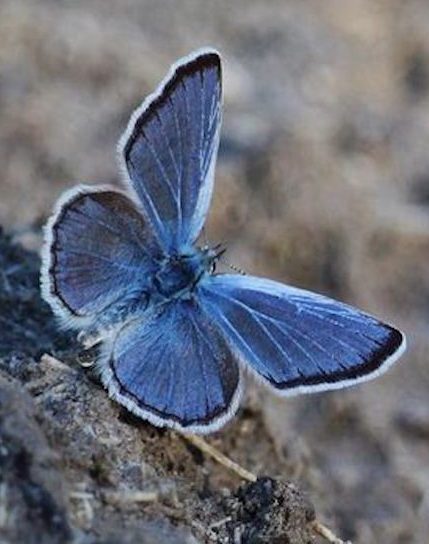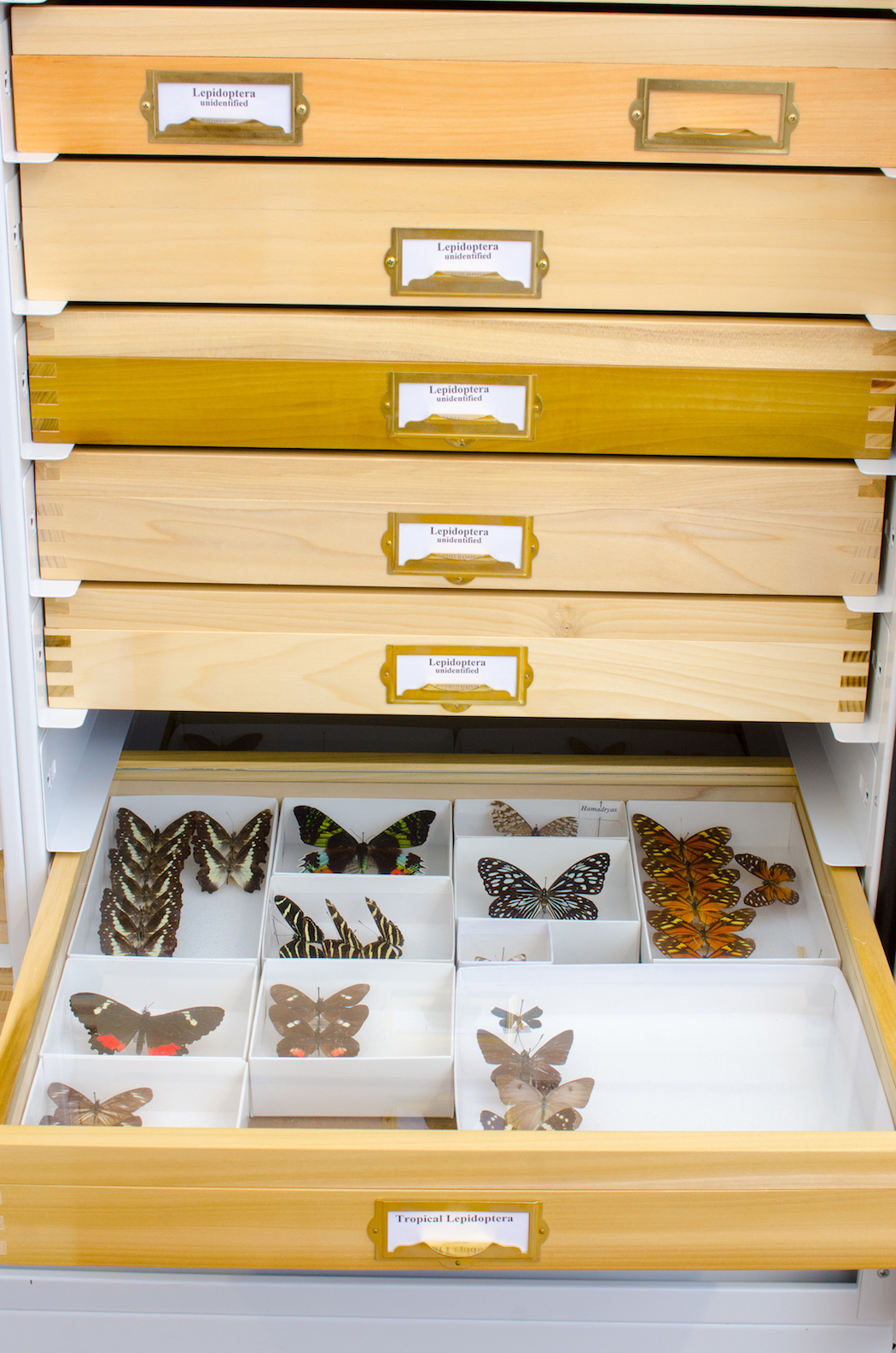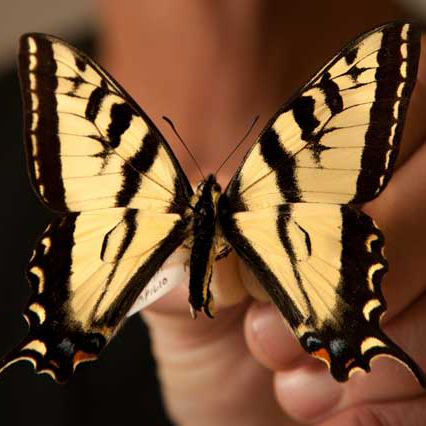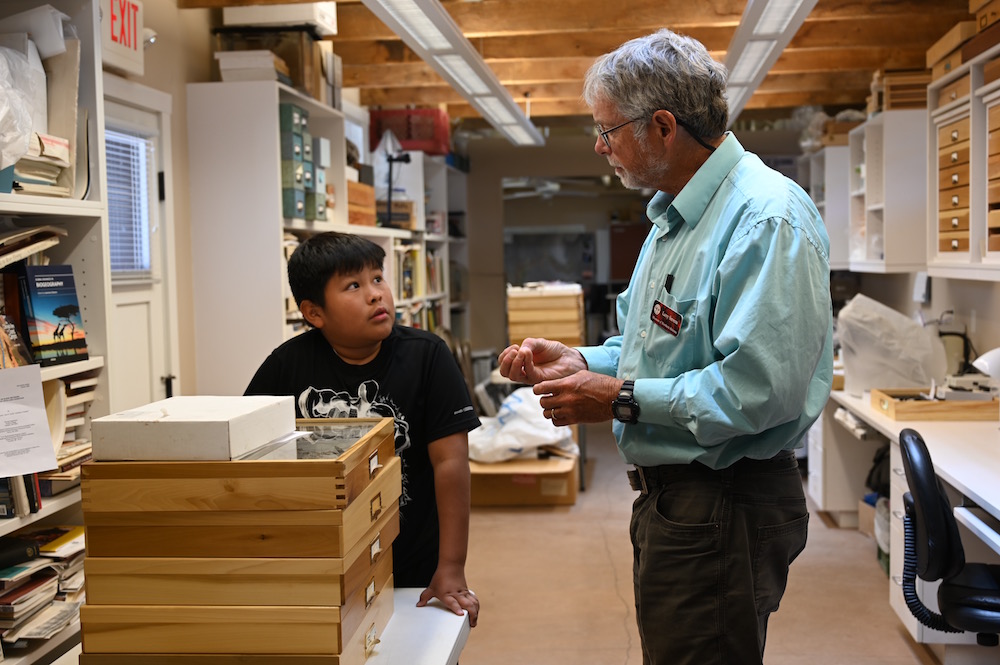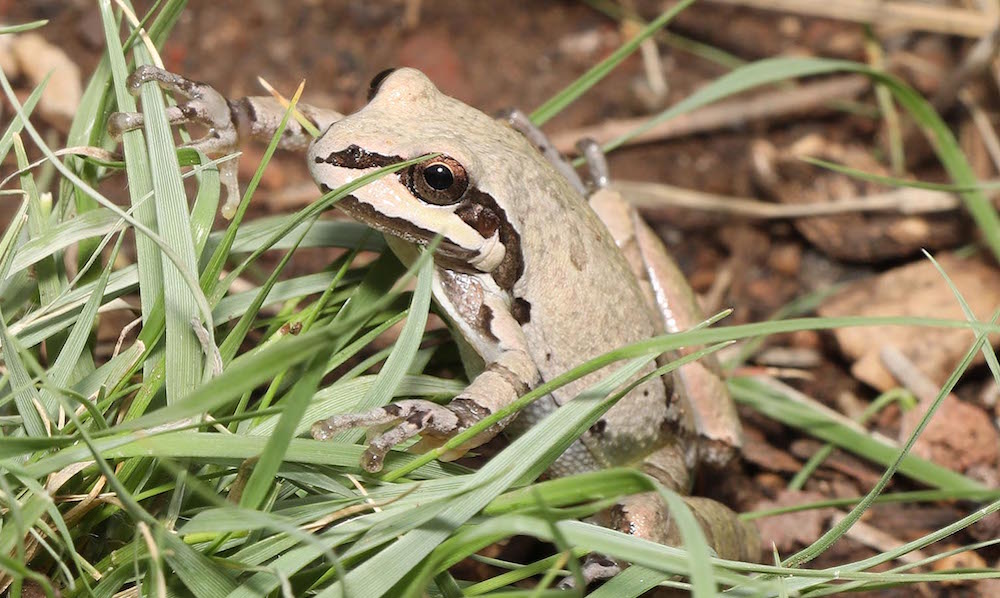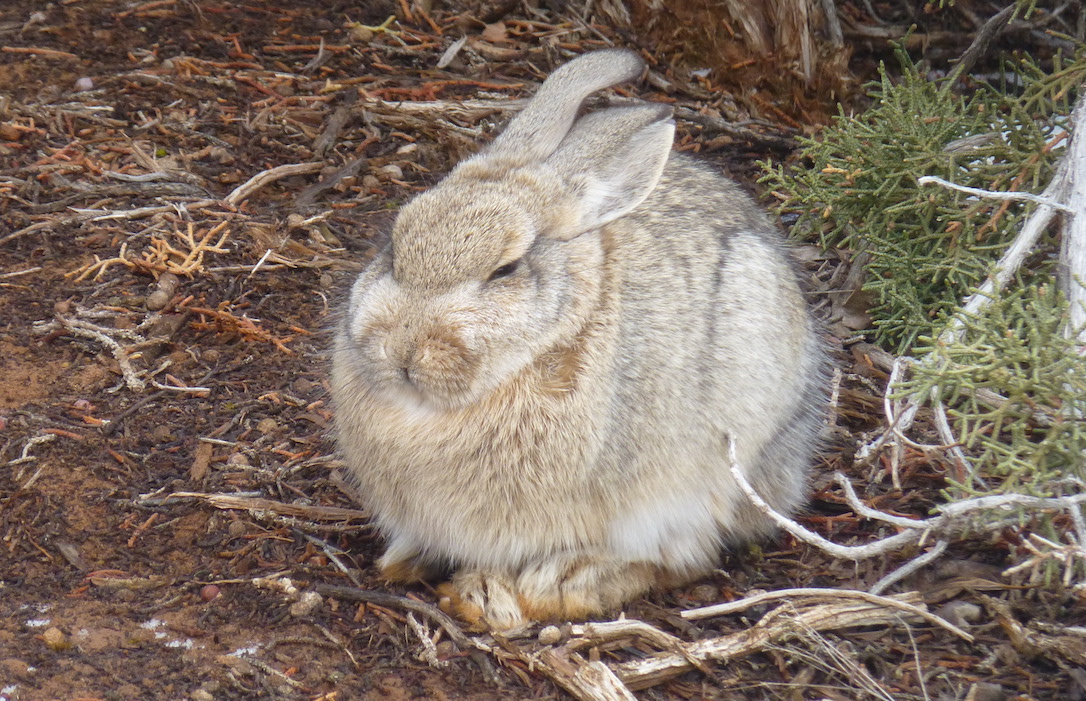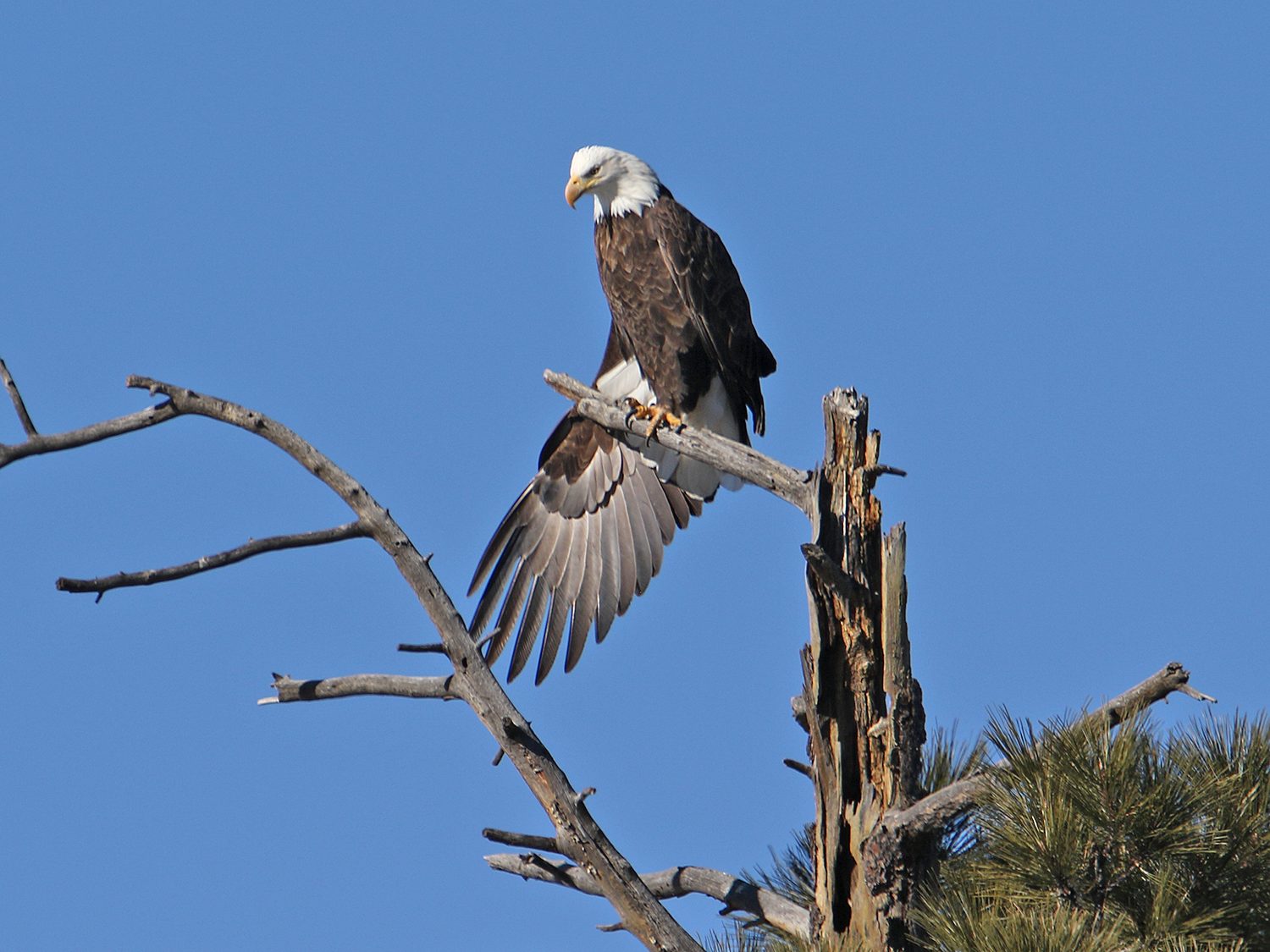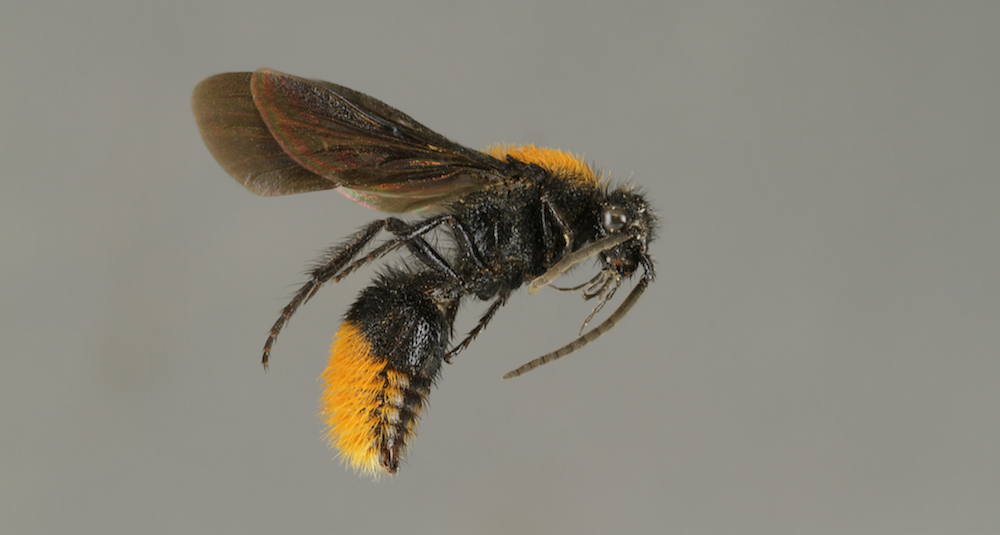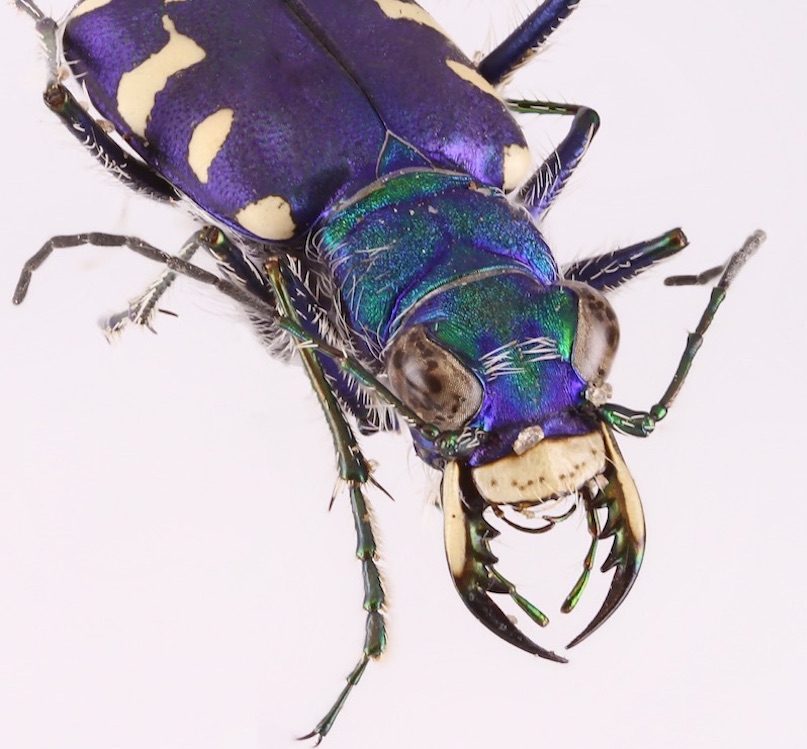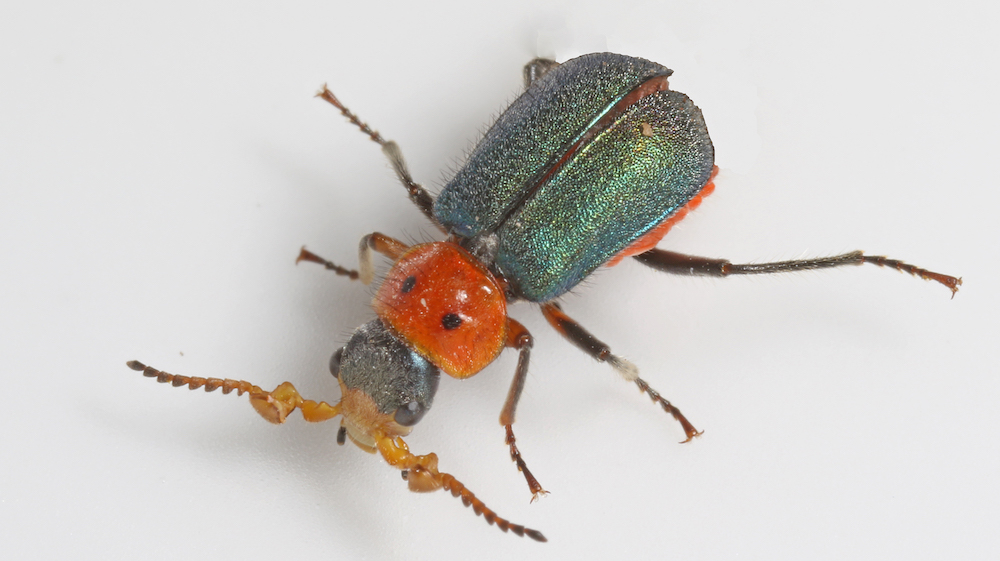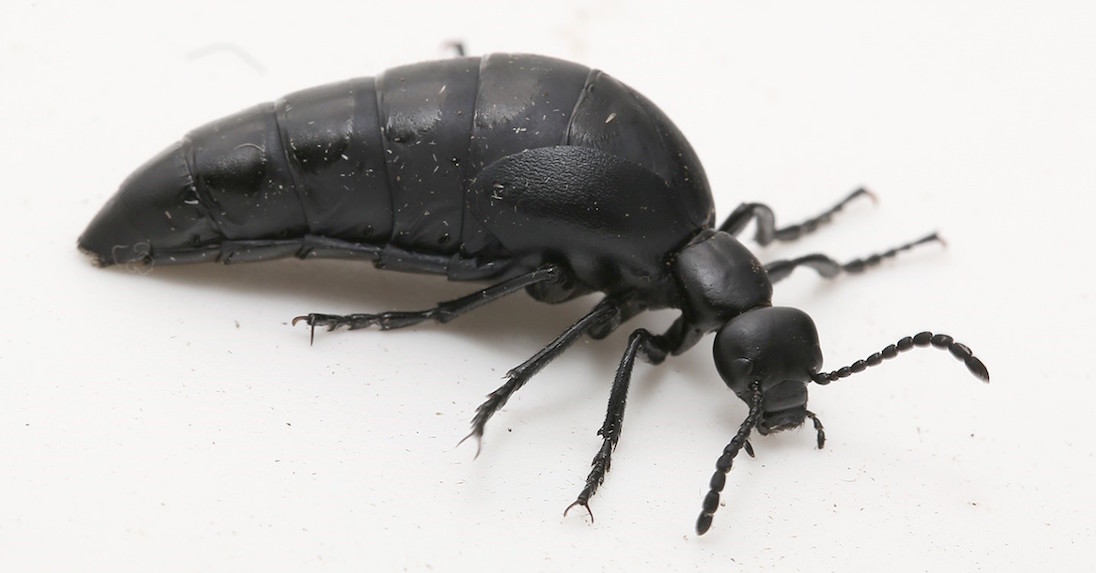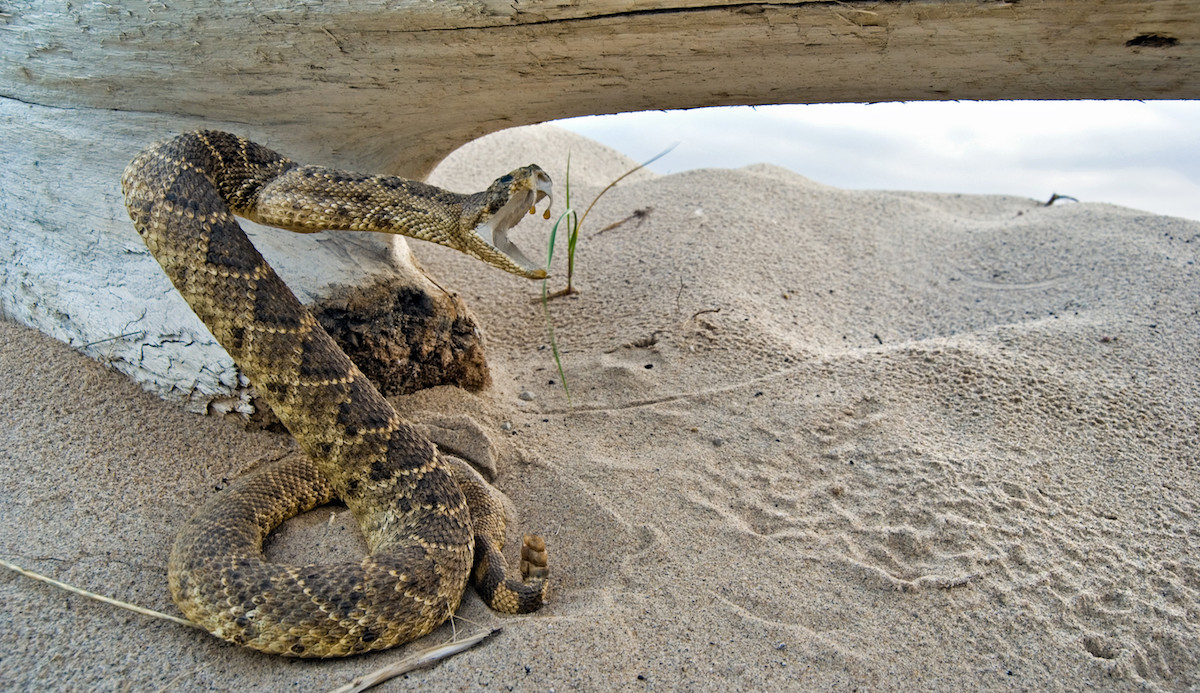
Zoology Collection
From tiny snails living by hidden springs to condors soaring over the Grand Canyon, the Colorado Plateau varied environments support diverse life. The MNA zoology collections include nearly all the documented fish, amphibians, reptiles, birds, and mammals of the southern Colorado Plateau and more than half a million invertebrates. These collections serve as a foundation for regional research and monitoring the changing biodiversity.
The collection grows each year as MNA researchers add to what is already the most complete
documentation of many large groups of Colorado Plateau invertebrates, including spiders, butterflies, dragonflies, grasshoppers, and aculeate Hymenoptera (bees, ants and wasps) of the southern Colorado Plateau.
In many cases the MNA holdings are the only complete collections of those taxa from the region. For example, the MNA collection contains 30 tiger beetle taxa from the southern Colorado Plateau, of which nearly one quarter are endemic (unique) to the region. Also, of the nearly 150 butterfly taxa represented from the southern Plateau in the MNA collections, at least 7 are endemic. More than 20 of the 191 robber fly species in the MNA database may be new to science.
Notable holdings include the Lyndon L. Hargrave Avian Osteology, the Charles L. Douglas Mammal Osteology Collections, and the National Park Service River collections.
The Lyndon L. Hargrave collection of approximately 3,500 avian specimens contains examples of most of the documented local avifauna of the region as well as about 350 specimens collected from across the globe. The collection is attributed to Lyndon L. Hargrave, MNA’s Curator of Ornithology from 1934-1939. MNA also holds an avian egg collection of approximately 160 egg sets from 97 species and a feather collection.
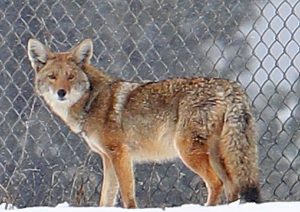
Coyote, often spotted near the museum, is one of the carnivores in the collection.
The Charles L. Douglas collection is a remarkably valuable mammalian osteology collection that documents the occurrence and distribution of mammals across the Colorado Plateau and the Southwest. The collection, numbering more than 300 individuals was systematically built over a forty year period by mammalogist, Dr. Charles Douglas. Among the fauna represented are rabbits and hares, a wide variety of rodents, large artiodactyls and carnivores. In addition to the osteology collection, the Douglas collection also contains a comparative mammal hair collection, as well as a comparative seed collection.
